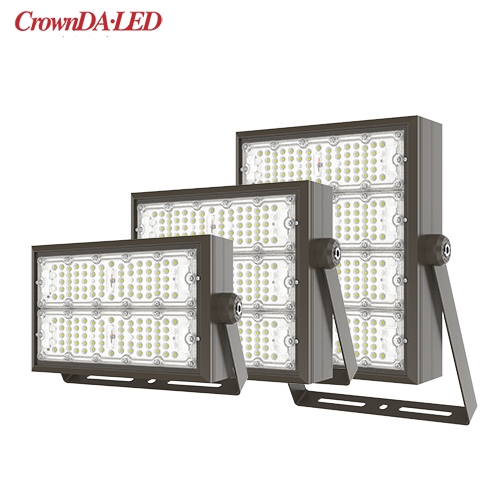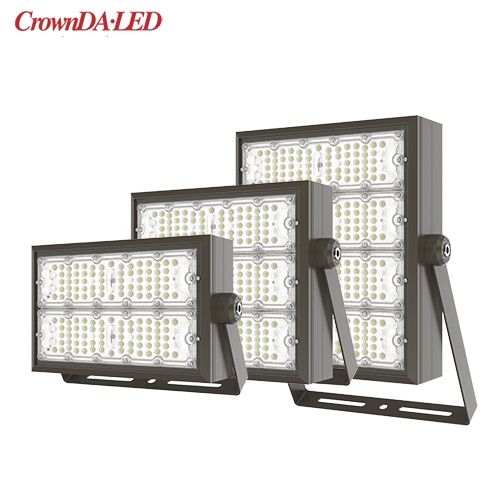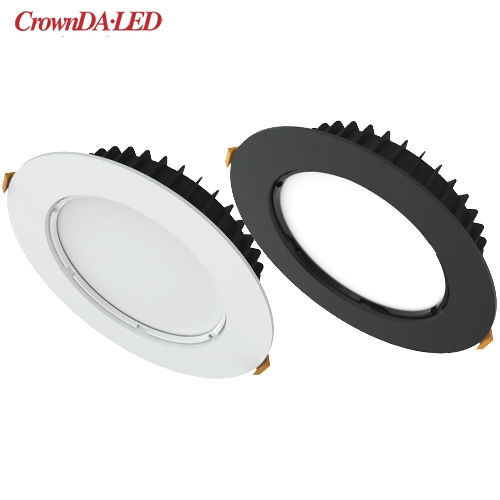What are the applications of IoT healthy smart lighting? (1/2)
Views : 524
Author : Shenzhen Crown Lighting
Update time : 2021-08-05 10:54:49
What are the applications of IoT healthy smart lighting?
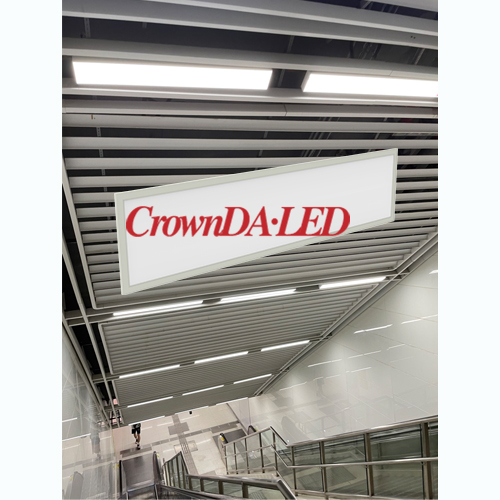 The construction industry has been changing in recent years. In the post-epidemic era, we are more concerned about how to create healthy spaces and healthy buildings. Nowadays, people spend 90% of their time indoors. How can indoor lighting and the entire environment be more beneficial to our bodies? This is worth thinking about.
The construction industry has been changing in recent years. In the post-epidemic era, we are more concerned about how to create healthy spaces and healthy buildings. Nowadays, people spend 90% of their time indoors. How can indoor lighting and the entire environment be more beneficial to our bodies? This is worth thinking about.
Lighting development trend
At present, 90% of the cost of many companies is the cost of employees, and employees are our main productivity. Now the global construction and certification trend is slowly developing towards healthy construction. Now when we are doing architecture and lighting, we should not only promote the relationship between architecture and the environment, but also the relationship between architecture and people.
In the construction industry, lighting is currently undergoing a disruptive stage. Because in the past are traditional lighting products, such as incandescent lamps, silver lamps and so on. In the past ten years or so, LED has completely changed the layout of the lighting industry.
Starting in 2010, we have gradually entered the LED era. The inherent characteristics of LED light-emitting semiconductors determine that it is very suitable for some control applications.
In 2014, Philips has realized the management of lighting products at the back-end through a system. In 2016, the concept of IoT was applied to related projects for the first time. In 2018, 5G smart light poles were launched.
IoT lighting applications cannot do without data
What have we done when applying IoT technology? The first is to launch four major healthy lighting systems for different fields. The first is hospital lighting, the second is school lighting, the third is home lighting, and the fourth is office lighting.
Smart cities should be built on the integration of various scenarios and applications in various fields. All hardware relies on lighting equipment, such as sensors, led lamps, control panels and other third-party products.
The warm and cold tones, intensity, and color changes of the led light fixtures will affect people's physical and psychological health. People's eyes can see a variety of colors, which originate from the two photoreceptor cells in the retina, one is a cone cell and the other is a sensory cell. For example, when a car drove into a tunnel, the environment suddenly became very dark, and people couldn't see anything at this time. Why can I see the surrounding environment after a while? This is because cone cells and sensory cells play a role. The cone cells are responsible for seeing the color and details during the day. At night, in low light conditions, the sensory cells begin to work, and they can only perceive the shape of an object. In 2002, scientists discovered that there is a third type of photoreceptor cells in the human retina, namely IPRGC. By sensing the blue light content in sunlight, this photoreceptor cell triggers the light-sending body of the brain, promotes the secretion of body hormones, and controls the biological clock.
The light in natural light is not static every day. From morning to night, the color and intensity of natural light are constantly changing. In different weather conditions, the intensity of light is also different. At this time, it will promote the secretion of melatonin and cortisol in the human body, so that people of different genders and races have different emotional curves. Healthy lighting is usually directly related to personal feelings and is more subjective. Whether it is reasonable or not requires the use of IoT technology to judge. "
Related products
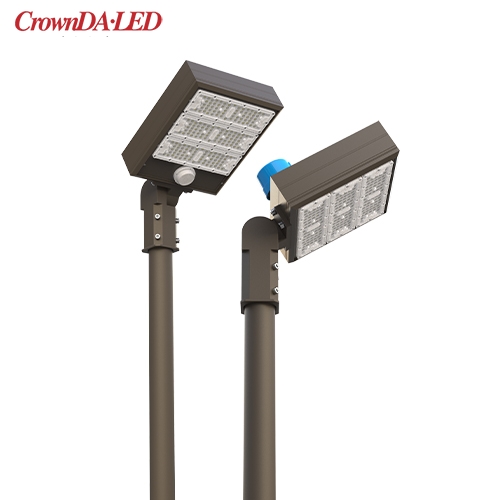
ARQ Series Shoebox LED lights, UL DLC listed, 100W-400W, 5-10 Years Warranty, 100-480VAC, 140-200lm/W
► UL/cUL/SAA/FCC/CE/Rohs Approval
► DLC 5.1 Premium
► Photocell, Daylight harvest, Microwave Sensor, 0-10V Dim Optional
► Multi-Voltage: 100-277V/100-347V/480Vac
► 100W-400W, 140-200 lm/W
► IP66, 5-10 years warranty
Subscribe
We will share with you our latest product info or LED industy info. Thanks.


